Reportar esta entrada
Más sobre la misma comunidad-colección
Aaron Jones y su padre Alvin Jones Sr.
Aaron Jones (right) and his father Alvin Jones Sr. (left) ...
Guadalupe Karnes y Carmen Cardiel posando para una foto
Guadalupe Karnes and Carmen Cardiel showing off their flowing ...
Herminio Duran posando como una dama de honor.
19 year old Herminia Cardiel Duran posing with a flower bouquet ...
Y.O.U.N.G GHOSTBUSTERS CAMINAN UNA MILLA EN SUS ZAPATOS 2015
Y.O.U.N.G GHOSTBUSTERS WALK A MILE IN HER SHOES 2015
Y.O.U.N.G GHOSTBUSTERS CAMINAN UNA MILLA EN SUS ZAPATOS 2015
Y.O.U.N.G GHOSTBUSTERS WALK A MILE IN HER SHOES 2015
El Museo de Historia de El Paso tras la nieve.
Picture taken in January of 2007, right after a large snowstorm.
El Museo de Historia de El Paso Nevado 2
Another picture taken in January 2007 of the Snow that fell ...
Nieve en El Centro de El Paso - Parke de Cleveland
Picture showing Cleveland Square park on the side of Santa Fe ...

















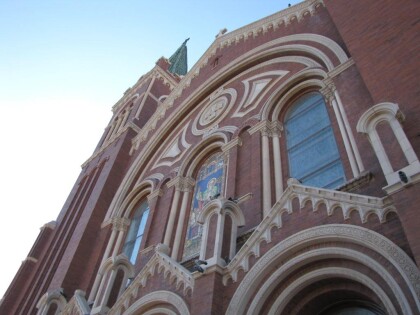





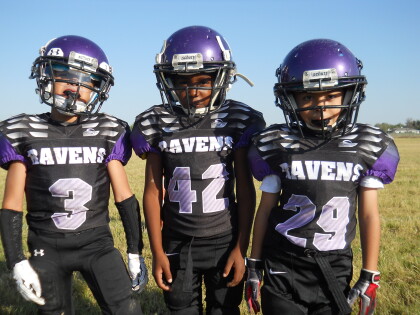
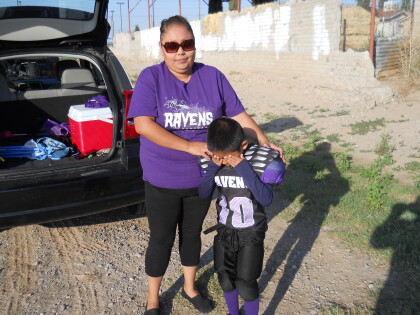


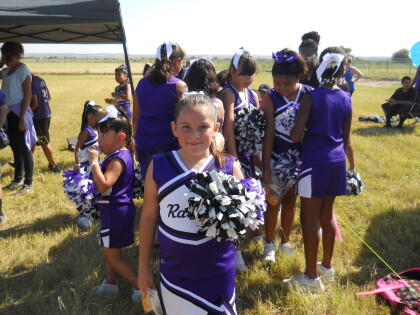

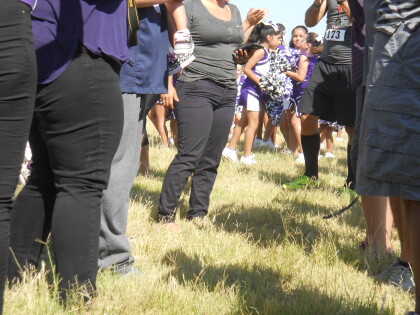
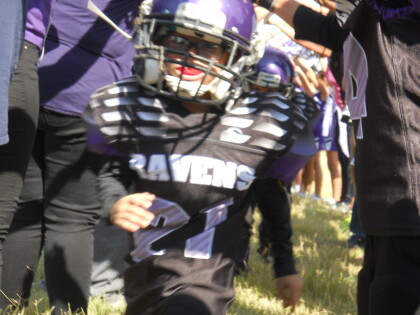
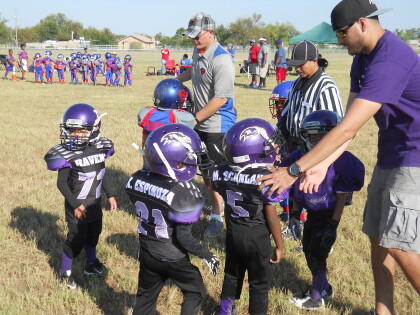


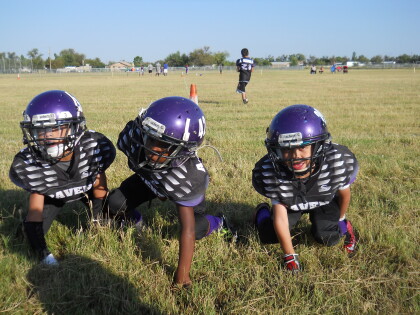


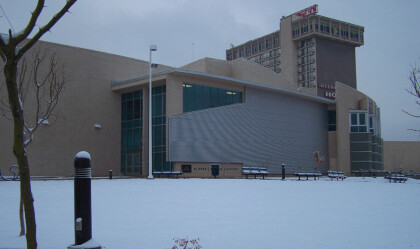

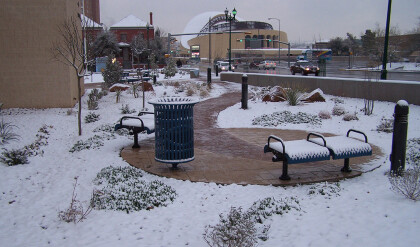
Comentarios
Hacer un comentario